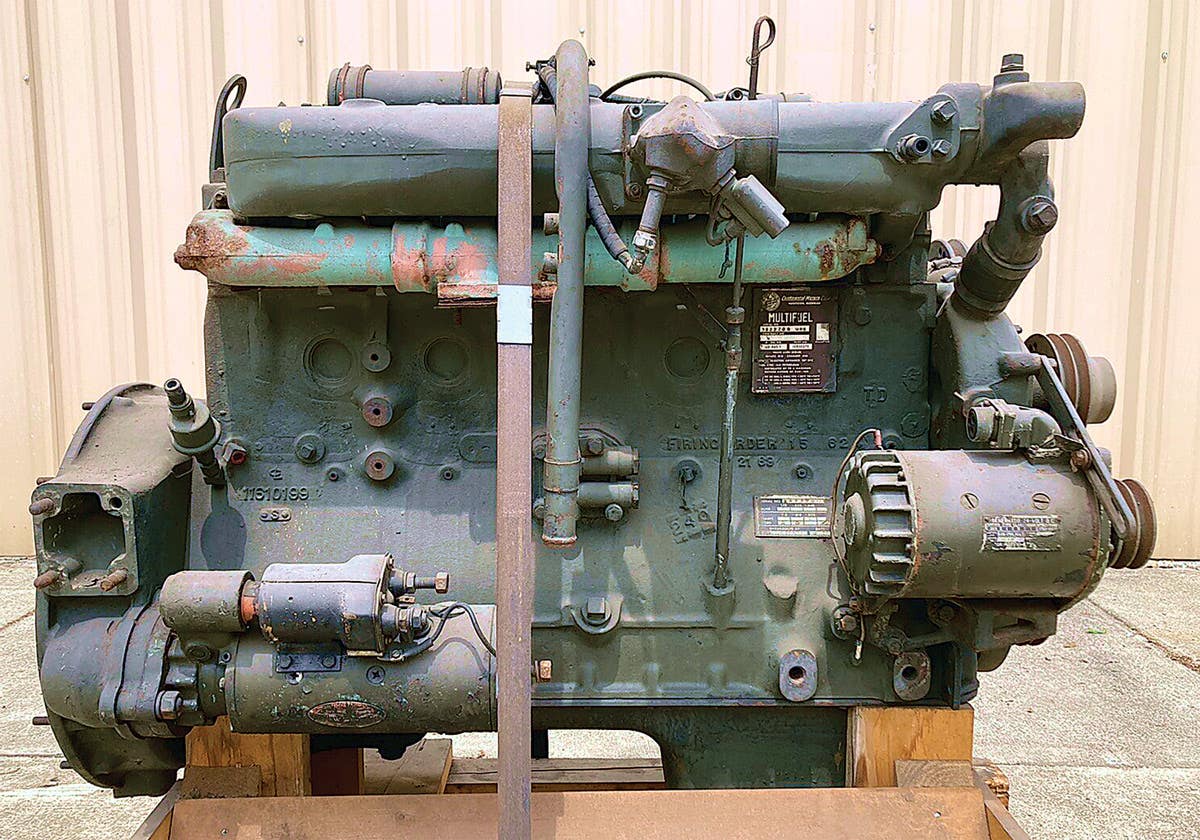Public to see draining of USS Monitor gun turret
NEWPORT NEWS, VA — For the first time in more than three years, conservators in the USS Monitor Center’s Batten Conservation Laboratory at The Mariners’ Museum will drain the 90,000-gallon…
NEWPORT NEWS, VA — For the first time in more than three years, conservators in the USS Monitor Center’s Batten Conservation Laboratory at The Mariners’ Museum will drain the 90,000-gallon treatment tank that houses USS Monitor’s iconic revolving gun turret.
Conservators will inspect the condition of the 120-ton turret as well as perform maintenance on the sensitive equipment used to stabilize the turret’s wrought iron armor plates. While the turret tank is drained, visitors will have a close-up view of what was called the “cheese box on a raft.” The rotating gun turret was an important technological advance in naval architecture and warfare. The cylindrical structure was constructed of eight layers of 1″ thick wrought iron plates strong enough to withstand enemy fire. The turret rotated to aim the two XI” Dahlgren shell guns and then rotated away after firing to protect the sailors inside from return fire.
Museum visitors can see Monitor’s iconic revolving gun turret from the massive viewing platform inside the Monitor Center through August 6 during regular museum hours, 9:00 a.m. – 5:00 p.m. with paid admission. Museum members may attend at no charge.
With reservations, historian John V. Quarstein is available to give behind-the-scenes tours inside the Batten Conservation Complex’s Wet and Dry Labs as well as through the award-winning exhibit Ironclad Revolution. Space is limited for these opportunities and must be booked in advance. The cost is $100 per person, with donations payable to the USS Monitor Foundation. Please call (757) 591-7726 or email contact@ussmonitorfoundation.org.
Special media tours will be available throughout the duration of the draining. Limited space is available and needs to be booked in advance. Please contact Jenna Dill at (757) 591-7746 or jdill@marinersmuseum.org to book a special media tour inside the turret.
About the Monitor: On March 9, 1862, the Civil War battle of Hampton Roads between the ironclads USS Monitor and CSS Virginia (formerly the USS Merrimack) heralded the beginning of a new era in naval warfare. Though indecisive, the battle marked the transition from wood and sail to iron and steam.
The iconic Monitor sank in a storm off Cape Hatteras, NC, on Dec. 31, 1862. Her remains rested on the ocean floor until the wreck was positively identified in 1974. In 1975 the wreck of the U.S.S. Monitor was established as the country’s first National Marine Sanctuary managed by the National Oceanic and Atmospheric Administration (NOAA). Between 1998-2002, portions of the shipwreck were recovered by NOAA and U.S. Navy divers. More than 200 tons of artifacts, including the ship’s iconic turret, steam engine, Dahlgren guns and personal items, were excavated from the seafloor and transferred to the USS Monitor Center at The Mariners’ Museum in 2002. These artifacts are now the focus of the world’s largest marine archaeological metals conservation project. To date, a team of professional conservators has successfully stabilized over 60 percent of the Monitor Collection for display and interpretation.
The Mariners’ Museum, an educational, non-profit institution accredited by the American Alliance of Museums, is home to the USS Monitor Center, and is surrounded by the 550-acre Mariners’ Museum Park, the largest privately maintained park open to the public in North America. The Mariners’ Museum Library, housed at Christopher Newport University, is the largest maritime library in the Western Hemisphere. For more information, visitwww.MarinersMuseum.org.








